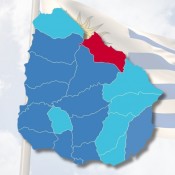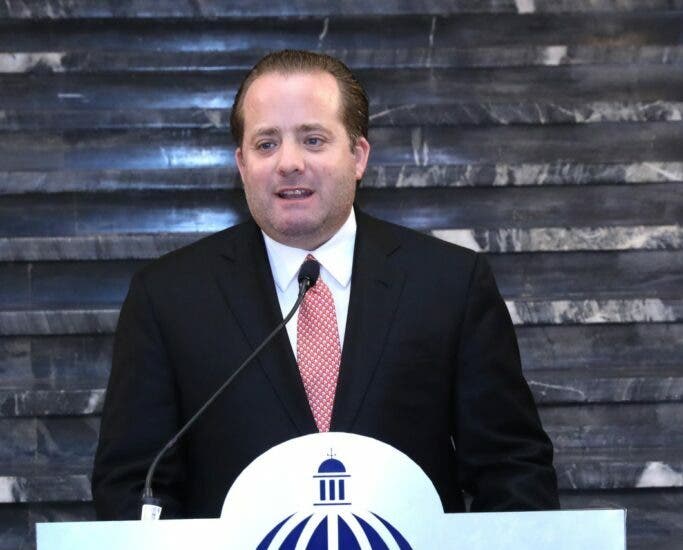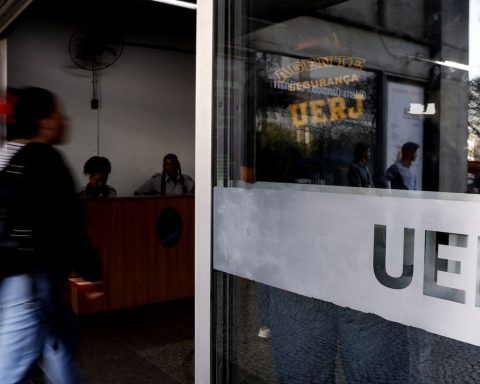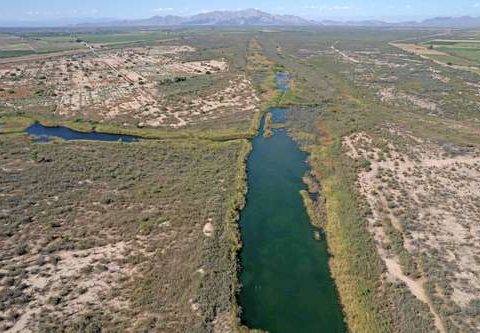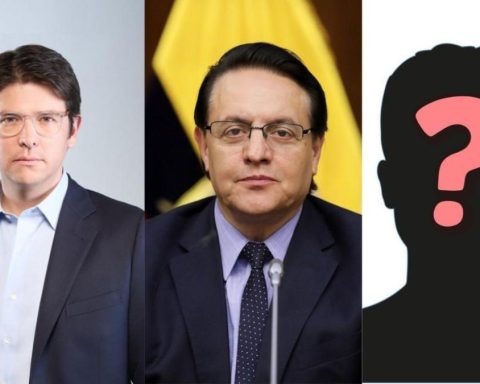
Last update from the Electoral Court after 5:00 p.m. on October 28
In the Uruguayan presidential elections held this October 27, official data reveal a clear advantage for Yamandu Orsicandidate of Wide Frontwho leads the vote with 43.94% of the votes cast, totaling more than one million votes. This figure places Orsi as the favorite, although it still does not ensure a definitive victory and opens the way to the runoff.
In second place, Alvaro Delgado of the National Party It reaches 26.77% of the votes, which represents a sum of 644,147 votes. Delgado maintains a considerable difference with Orsi, and his positioning in the polls suggests that his support is concentrated in some key departments, such as Artigas and Cerro Largo. However, the distance from the Frente Amplio could be decisive in an eventual second round.
For its part, Andres Ojedarepresentative of Colorado Partyoccupies third position with 16.03% of the votes, equivalent to 385,685 votes. Despite not achieving a competitive figure compared to the first two candidates, support for Ojeda stands out in some smaller departments, reflecting the persistent base of Colorado support in the Uruguayan electorate.
To date, the 99.92% of circuitswhich gives a practically complete picture of the results of the first round. The total vote reached 2,441,238 votes, of which 64,807 were blank and 53,791 were cancelled, leaving a significant percentage of votes observed, totaling 34,564.
Geographic Distribution of the Vote
Preliminary results also show an interesting geographic segmentation in support for the different candidates. Yamandu Orsi It stands out in the department of Canelones, where it obtains 48.98% of the votes, as well as in Colonia and Durazno, consolidating itself in several strategic regions of the country.
Meanwhile, Alvaro Delgado It leads in Artigas with 38.53% and in Cerro Largo with 44.09%, departments in which the National Party maintains a strong historical influence.
Prospects for a Second Round
With these results, Uruguay is heading towards a runoff, given that no candidate has reached the 50% necessary to ensure a victory in the first round. This scenario raises a series of questions about possible alliances and vote regroupings between the candidates of the traditional parties and the smaller independents. The second round could define an even more polarized contest between the Frente Amplio and the National Party.
Monday October 28, 11:00 | With 99.92% of circuits scrutinized, these are the results according to the Electoral Court, with the votes obtained by each political party, including both plebiscites:

22:10 | This is how the three main parties voted in Montevideo, Canelones, and the interior
These are the projections at 10:10 p.m., according to data released by Opción Consultores on Channel 4.
- In Montevideo:
- Broad Front: 52%
- National Party: 20.4%
- Colorado Party: 13.1%
- In Canelones:
- Broad Front: 51.2%
- National Party. 21.8%
- Colorado Party: 13.9%
- Inside:
- Frente Amplio 33.1%
- National Party: 34.7%
- Colorado Party: 19.6%
22:02 | According to the Citizen Perception Center
According to the Citizen Perception Unit, published by La Diaria after 10 p.m., these are the most recent projections:
- For him Wide Front (Yamandú Orsi): 44.7%
- For him National Party (Alvaro Delgado): 26.9%
- For him Colorado Party (Andrés Ojeda): 15.5%
20:50 | Update on preliminary results of the elections in Uruguay
- For him Wide Front (Yamandú Orsi): 43.4%
- For him National Party (Alvaro Delgado): 27.4%
- For him Colorado Party (Andrés Ojeda): 16.5%
20:43 | Votes for plebiscites
Neither of the two plebiscites, neither the one on the social security reform, nor the one on the authorization of night raids, reached the minimum necessary to be approved.
- In favor of social security reform: 48%
- In favor of night raids: 39%
20:30 | First preliminary results of the elections in Uruguay
These are the first results of the vote counting:
- For him Wide Front (Yamandú Orsi): 44%
- For him National Party (Alvaro Delgado): 27%
- For him Colorado Party (Andrés Ojeda): 16%
20:19 | The Electoral Court updated the percentage of votes from the authorized registry
The Electoral Court reported that, after 7:30 p.m., electoral participation was higher than 88.1% at the national level. In Montevideo, 86.8% of those eligible voted, but it is expected that the final participation will be closer to 90%.
19:58 | Meeting with supporters of the National Party
The National Party candidate went to the tent set up on Bulevar Artigas, adjacent to the party headquarters. There he greeted the militants and other attendees, showing his closeness to his support base.
The Minister of the Electoral Court, José Korzeniak, offered details about the electoral process that the organization will carry out after the closure of the voting circuits. According to the information provided, the voting will end at 7:30 p.m. Korzeniak stressed that the data that will be made public that same night around 10:00 p.m. will be based on preliminary scrutiny.
The first result issued is the reflection of the count carried out at the end of voting day. Each vote-receiving commission, supervised by delegates, will help provide an initial figure. «They are done at the end of voting hours by each of the vote-receiving committees in front of the delegates. Subsequently, on Tuesday the departmental scrutiny will begin, which will be the final one,” Korzeniak explained. He clarified that this process is fundamental, since it is there where the data obtained in the primary scrutiny is reviewed.
Importance of departmental scrutiny
This departmental scrutiny has a crucial role, since it is at this moment where the observed votes, which were not counted in the first count, are taken into account. “They come to the Electoral Court for their final scrutiny,” emphasized Korzeniak, who also recalled previous cases where the results were decided thanks to these votes. “There was some mayoralty in a departmental election in the interior of the country that was defined by the votes observed,” he assured.
Observed votes can arise from various circumstances. These include public or military officials who carry out their work at voting stations, citizens with disabilities who vote in a circuit other than the one to which they belong, and specific situations in some rural circuits. This mechanism is essential to ensure the integrity and legitimacy of the electoral process.
The total number of votes observed will be determined only after the completion of the primary scrutiny in each of the circuits. This information is vital to understand the dynamics of the final count and the impact that the observed votes may have on the final results of the elections.
Participation and voting statistics
At the close of the polls, it was recorded that 88% of the eligible electoral patron participated in the vote. This percentage reflects a high level of involvement of the electorate, which could influence the results and representation in the new mandate. The Electoral Court is preparing to manage a meticulous and transparent process that guarantees that every voice counts.


